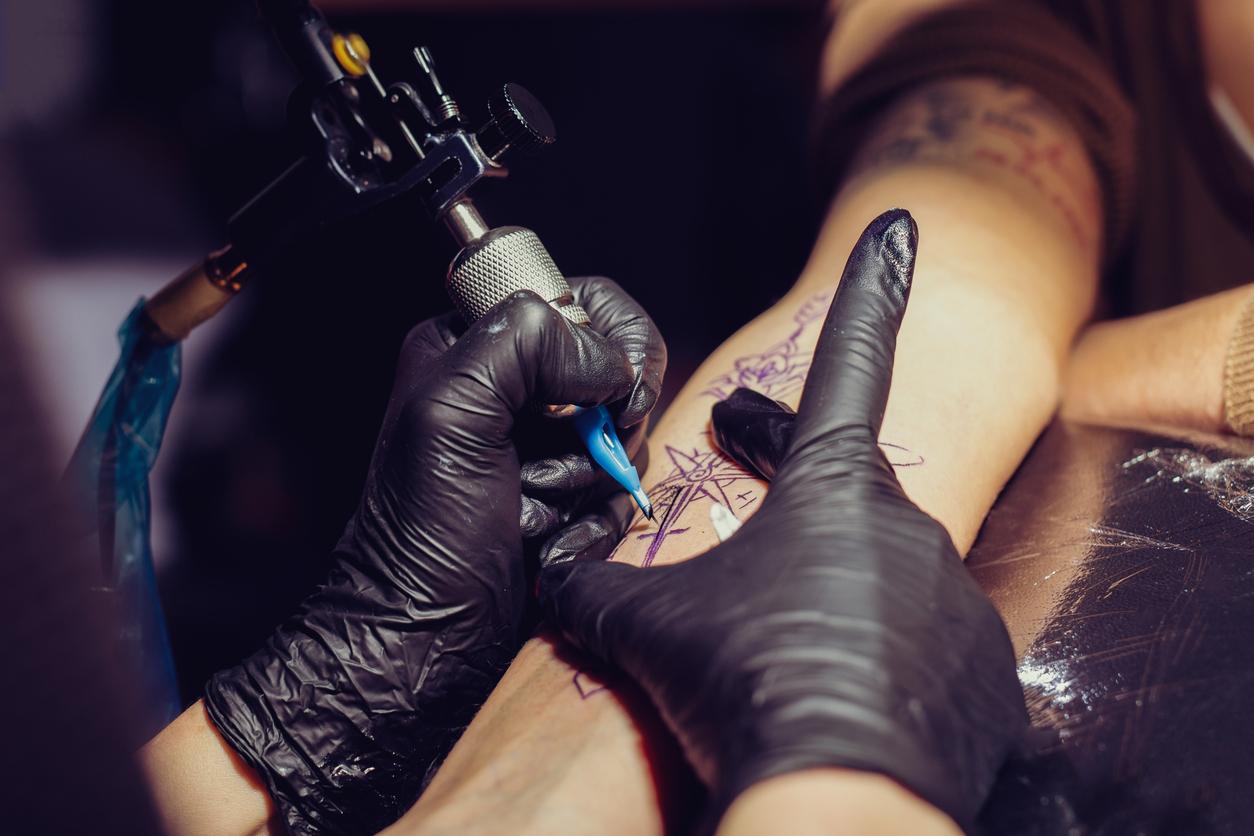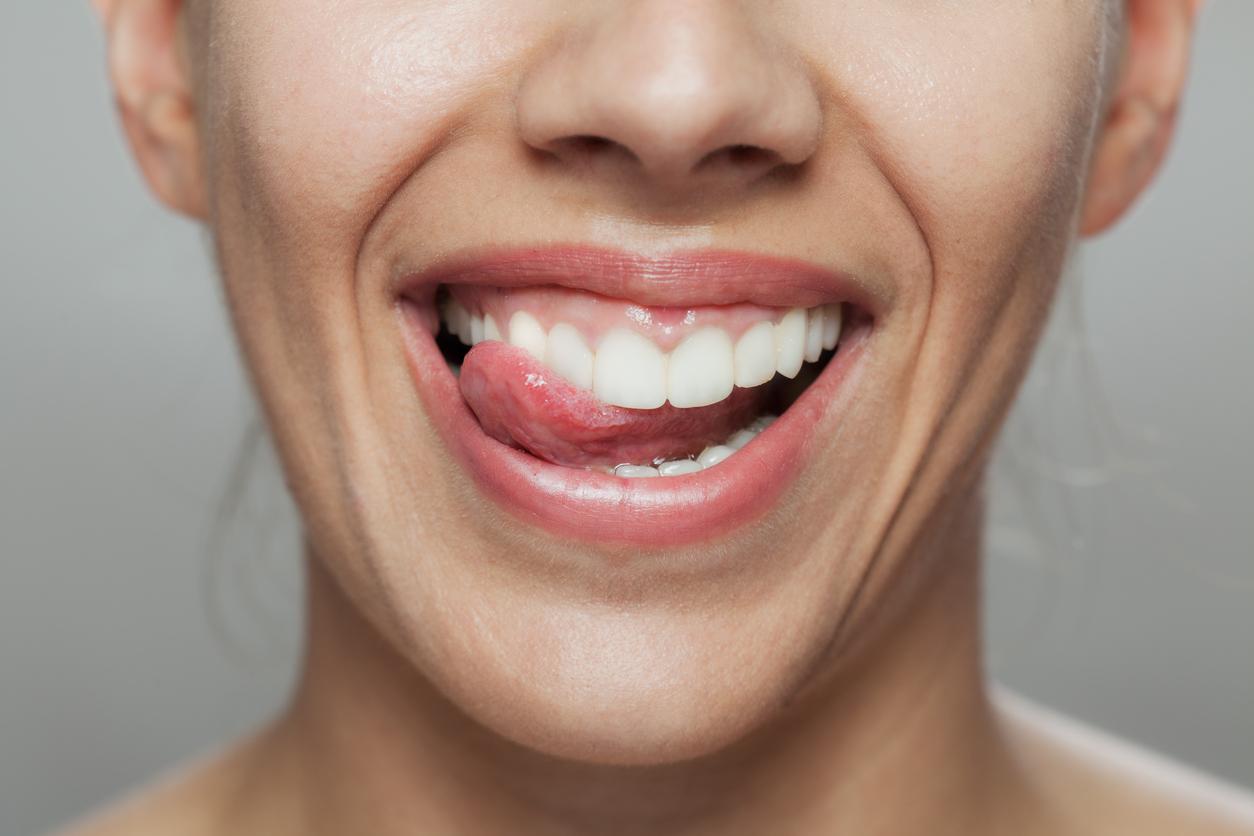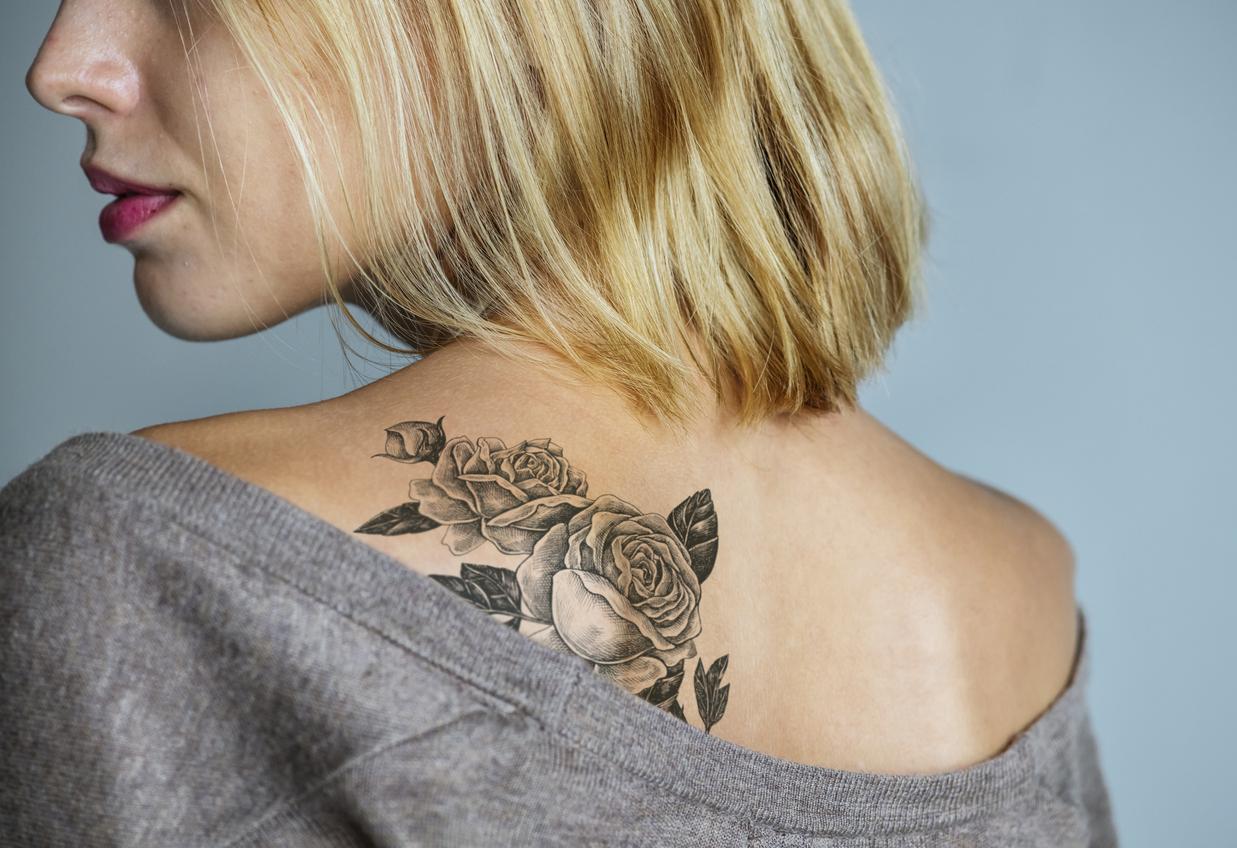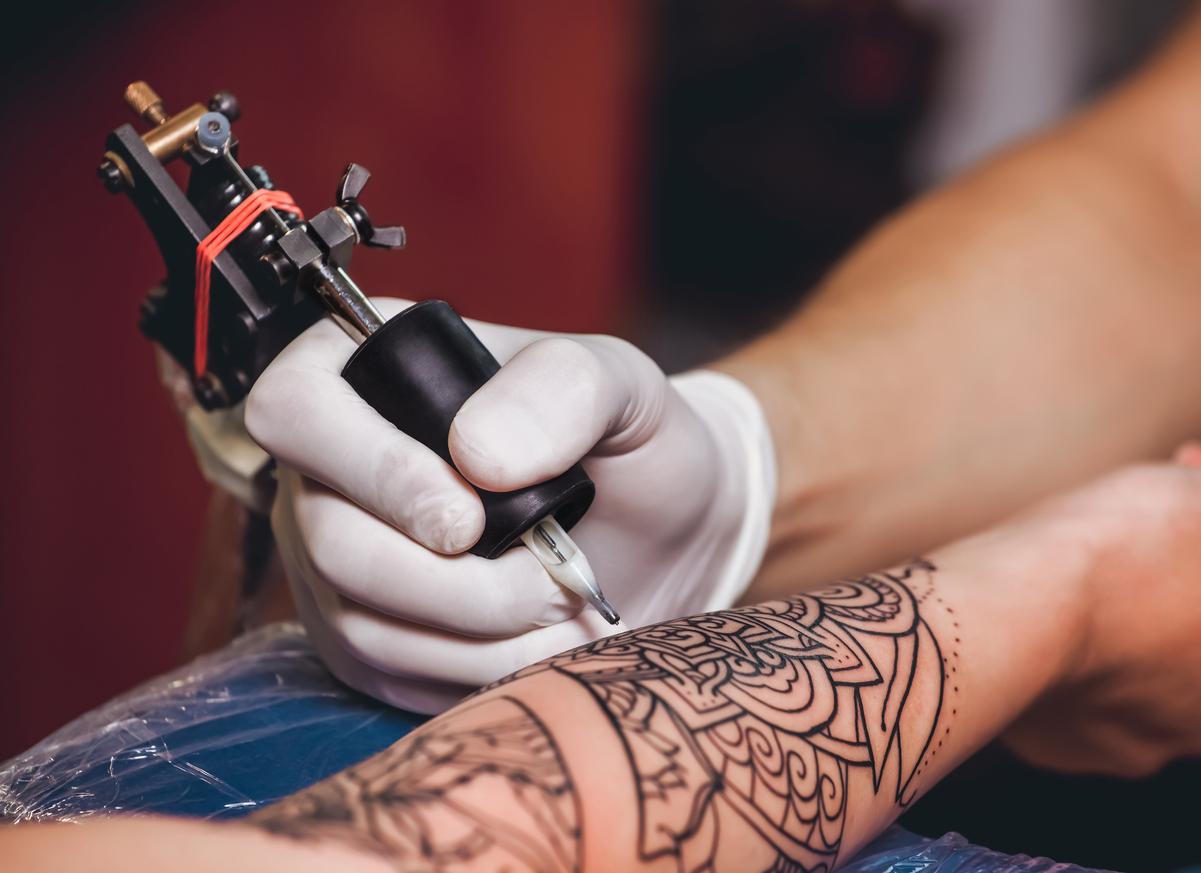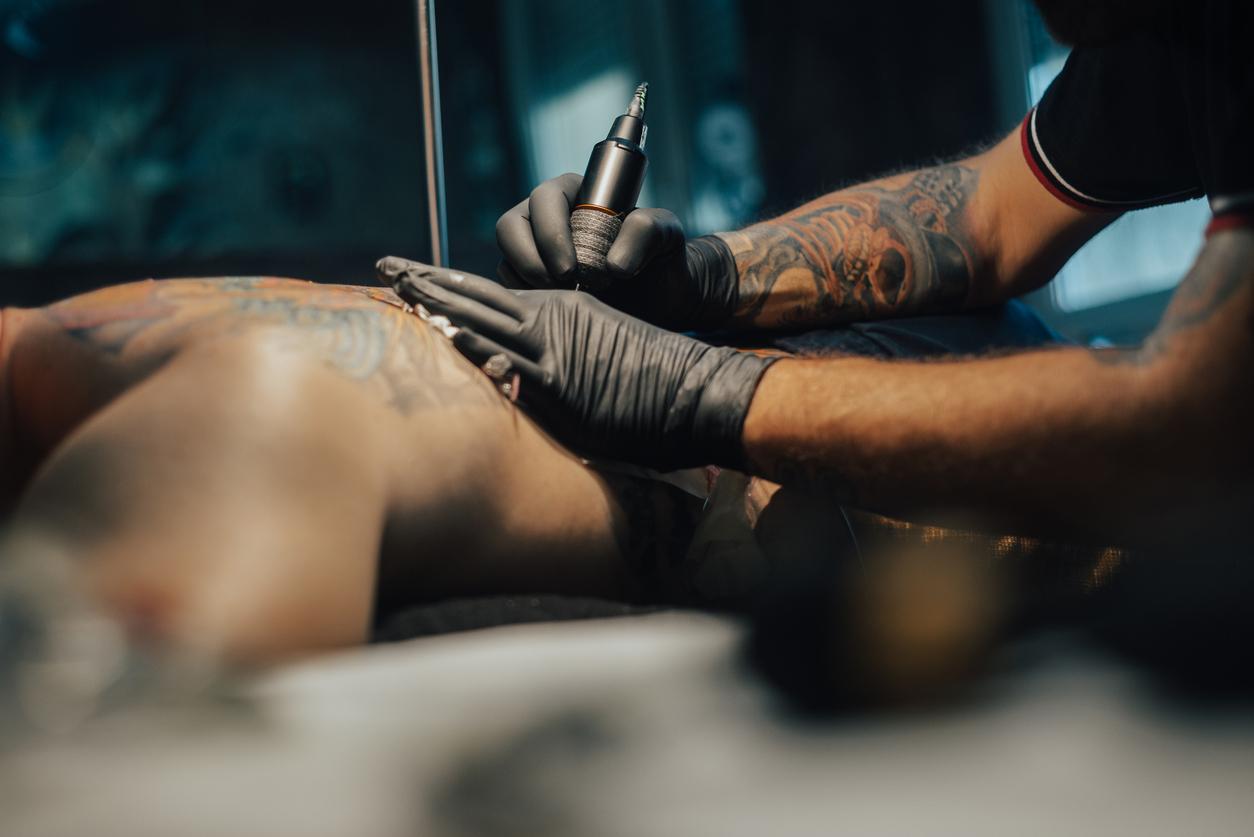
Mistake of youth or broken oath of love, the tattoo sometimes becomes an embarrassing mark. However, it remains difficult and costly to make it disappear, despite the use of increasingly sophisticated techniques. Today we are interviewing Dr. Isabelle Catoni, a specialist in aesthetic dermatology for 20 years and a member of the SNDV.
According to the French Society of Dermatology, more than 1 in 3 patients then regret their tattoo. How many sessions does Q-Switched laser tattoo removal, which is the most widely used technology today, require? Are there any risks of failure, especially depending on certain colors?
Isabelle Catoni : The exact number of sessions is impossible to predict in advance. On the other hand, we can give an approximation according to the aspect of the tattoo, its color, its thickness, its shine … A light gray or black design is easier to discolor than a dense and thick one. Age or dimensions have no predictive value. Thus, an amateur tattoo, like the famous “5 points” on the hand, may require 10 sessions if the points are deeply embedded in the skin, unlike a fine and clear landscape of an entire back which can be completely erased in 2 sessions if it is superficial.
As for the colors, they condition the efficiency of the laser. There are tattoos that will never fade with our current Q-Switched because their color does not have a corresponding wavelength, the same for certain ink quality (such as lacquers …). This is the case, for example, of yellow or White, even turquoise. For other colors, it depends on the Q-Switched laser model. Contrary to popular belief, red is very easily erased by one of the three existing models.
Is it more painful than the tattoo itself? Are there any constraints associated with this operation (processing, requirements, …)?
Isabelle Catoni : The lasers of this Q-Switched family have the particularity of delivering beams of photons of impressive power in very short times (of the order of a nanosecond), which explains why the “laser-target” reaction is a a real explosion of pigments and that the skin does not suffer any scar damage. Scars are therefore exceptional and most of the time, they are due to poor settings on the part of the operator.
The result of the session is assessed at least one month later and the next session is possible two months later. Close sessions leaving less than two months between them could be the cause of scarring. Sun exposure is possible one month after the session. “Cover-ups” or re-tattoos on an already tattooed surface are possible and frequent if the tattoo removal sessions have been effective with sufficient erasure.
How much does tattoo removal cost?
Isabelle Catoni : The price of each session will depend on the surface to be treated since, as with most laser and related technologies, each spot has a cost (consumables, time spent, etc.) Depending on the operators, it varies from 80 euros per small tattoo to 300 euros and more (the session) for a large surface.
During each laser session (which is more painful than the tattoo session, editor’s note), we will have previously anesthetized the tattoo by applying a cream at least an hour before. The duration of the session, which depends on the surface, is generally fast (a few minutes for a 10cm2 tattoo). Usually, there is edema (swelling) lasting a few minutes and possibly a little bleeding at the end of the session. The colors then seem to be erased but this is only transitory: they reappear a quarter of an hour later.
What do you think of the semi-permanent tattoo that’s supposed to go away after a few years? Isn’t it an attractive solution?
Isabelle Catoni : Semi-permanent tattoos are only reassuring in their name and can be definitive if their colors do not have a laser with a corresponding wavelength! In addition, henna tattoos should be banned because they cause allergic reactions that are sometimes extremely serious.
The professional days of interventional dermatology in Paris were held on June 19, 20 and 21. Have we mentioned any new tattoo removal techniques to come?
Isabelle Catoni : During the JDIP, a session was organized around laser results on natural pigmentations and tattoos, and in particular “new technologies”. Picosecond lasers have recently arrived in France and could provide an advantage over nanosecond lasers (conventional Q-Switched). Fewer sessions, more efficiency on difficult colors or deeper tattoos… These preliminary results have to be validated over time and we will wait for larger French cohorts to publish our results rather than relying on international results… These new lasers being more expensive than the classic Q-Switched, the cost of the sessions will naturally be higher. If there are fewer sessions as advertised by the sales representatives, the patient will find their way there, otherwise a larger budget will be required …







